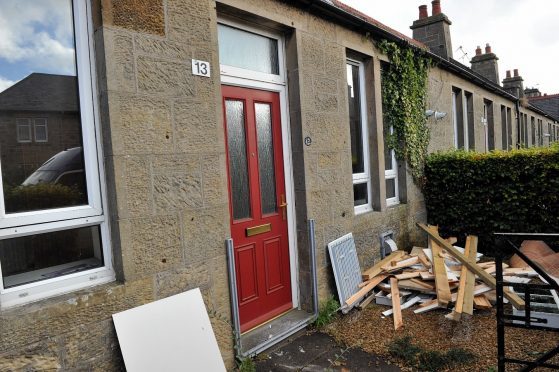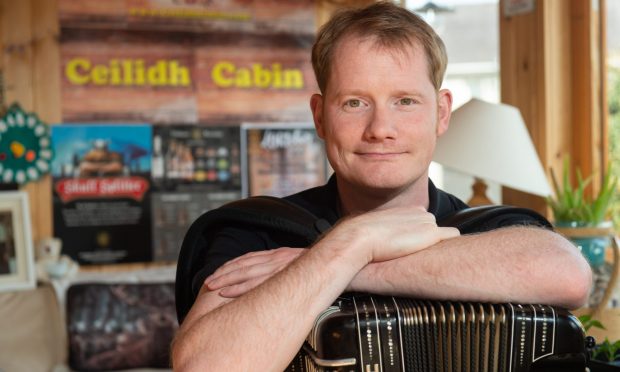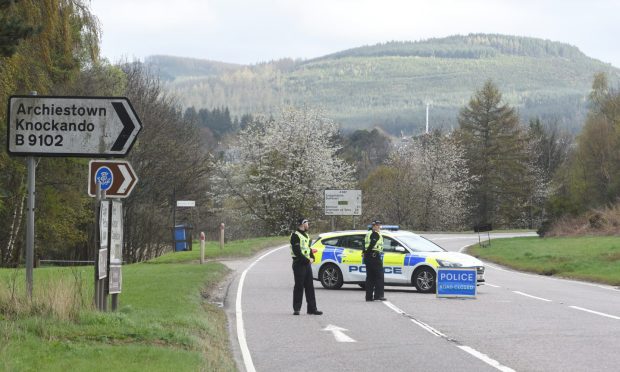Work to turn a row of abandoned Elgin cottages into accommodation for older people not quite ready to go home after hospital will begin next week.
The renovation of Jubilee Cottages, on Victoria Road, has been hailed as a way of ensuring that people can leave hospital sooner, and is expected to free up vitally needed NHS beds.
The £120,000 project will get under way at the six vacant properties next week.
Yesterday, Moray Council said the “high intensity rehabilitation units” would mainly serve pensioners who are well enough to leave hospital, but need extra support prior to returning home.
The terraced cottages are intended to provide a homely environment where older people can work on regaining their independence.
During their stay there, patients will be supported by a team of health and social care staff to manage everyday living tasks – such as getting in and out of bed, washing and dressing and preparing meals.
Project leader Lesley Attridge said the scheme is one which is unique to Moray.
She added: “Ideally, returning home is the first option for older people, but sometimes the risk is too high and that is not possible due to life’s complexities.
“The cottages will enable us to deliver intensive rehabilitation, which will facilitate hospital discharge and prevent additional pressure being put on our community hospitals.
“Bringing people together into an environment like this will enable staff to deliver services in a rapid and more efficient way.”
Occupational therapists, physiotherapists and district nurses will help ensure that the cottages’ temporary residents are able to return home as quickly as possible.
One of the cottages will be set aside for group rehab, social activities and to showcase how technology can help with independent living.
The cottages were originally built in 1897 to commemorate the diamond jubilee of Queen Victoria and are held in trust by Moray Council.
They were damaged by flooding in 2002 and despite repair works being undertaken, six of the eight houses have not been occupied for the last 14 years.
If the pilot scheme is successful, similar units could be created for other patient groups.










